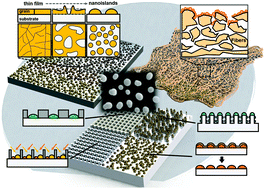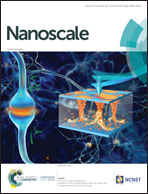Nanoislands as plasmonic materials
Abstract
Subwavelength metal nanoislands thermally dewetted from a thin film emerge as a powerful and cost-effective photonic material, due to the formation of substantially strong nano-gap-based plasmonic hot spots and their simple large-area nanofabrication. Unlike conventional nanostructures, nanoislands dewetted from thin metal films can be formed on a large scale at the wafer level and show substrate-dependent plasmonic phenomena across a broad spectral range from ultraviolet to infrared. Substrate-selective dewetting methods for metal nanoislands enable diverse nanophotonic and optoelectronic technologies, underlining mechanical, structural, and material properties of a substrate. Emerging bioplasmonic technology using metal nanoislands also serves as a high-throughput and surface-sensitive analytical technique with wide-ranging application in rapid, real-time, and point-of-care medical diagnostics. This review introduces an assortment of dewetting fabrication methods for metal nanoislands on distinct substrates from glass to cellulose fibers and provides novel findings for metal nanoislands on a substrate by three-dimensional numerical modeling. Furthermore, the plasmonic properties of metal nanoislands and recent examples for their photonic applications, in particular, biological sensing, are technically summarized and discussed.

- This article is part of the themed collection: Recent Review Articles


 Please wait while we load your content...
Please wait while we load your content...